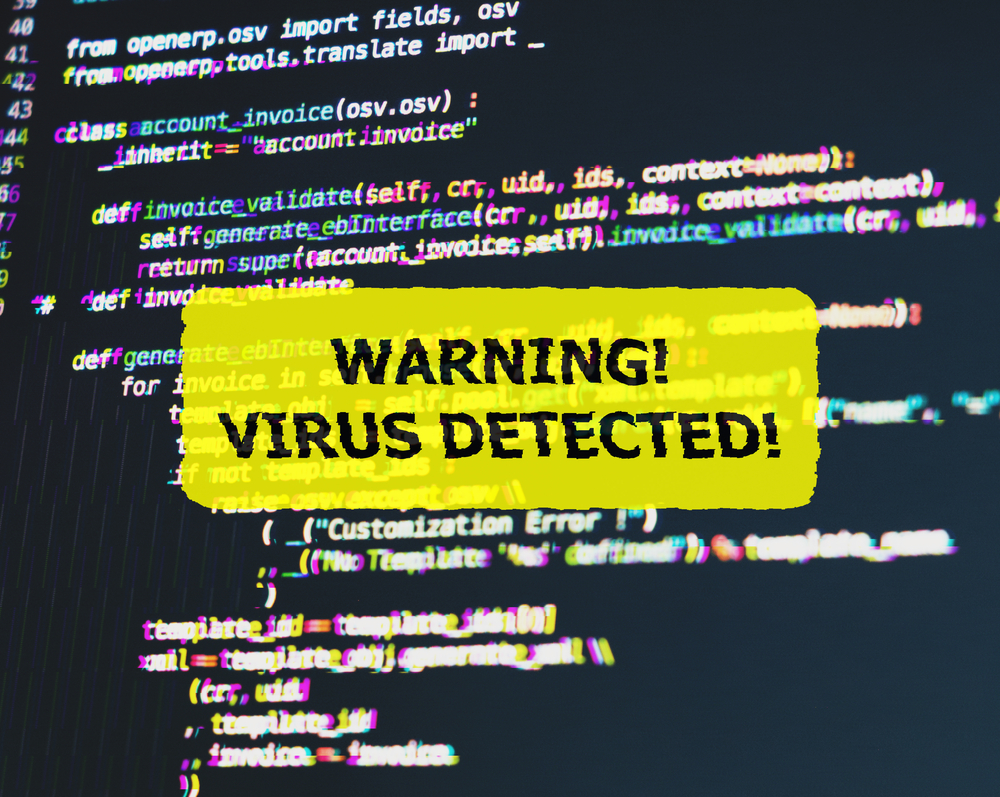Comprehensive Strategies to Safeguard Your Computer from Viral Threats
This comprehensive guide provides essential strategies to protect your computer from viruses and malware. Learn how to identify early warning signs, use Safe Mode to contain threats, implement robust security measures, delete temporary files, update browsers, and create strong passwords. Maintaining these practices can significantly enhance your cybersecurity, safeguarding your personal information and ensuring system stability. Whether you're a beginner or experienced user, these practical tips will help you build a resilient defense against cyber threats and keep your device secure in an increasingly digital world.

Comprehensive Strategies to Safeguard Your Computer from Viral Threats
In today’s digital landscape, safeguarding your computer against malicious software and viral infections is crucial. Cyber threats have become increasingly sophisticated, posing significant risks to personal data, financial information, and overall system integrity. Cybercriminals employ advanced techniques to infiltrate devices, steal sensitive information, and disrupt operations. As technology evolves, so do the tools and strategies needed to defend against these threats. Implementing comprehensive security practices can significantly reduce the risk of infection, ensuring your system remains secure and your data protected.
Recognizing Early Warning Signs of Infection
Detecting malware early can prevent extensive damage. Common indicators of an infected computer include unexplained changes in system settings, slow boot times, or degraded overall performance. Users might also notice unusual pop-up windows, unexpected software installations, or browser redirects to malicious websites. These anomalies often go unnoticed initially, but awareness of these warning signs can prompt timely intervention. Regular monitoring and vigilance are key to maintaining a secure computing environment.
Isolating and Containing Threats Using Safe Mode
When a virus or malware is suspected, immediate action is essential. Disconnect your computer from the internet to prevent the malware from spreading or communicating with its command and control servers. Rebooting your device into Safe Mode allows you to load only essential system files, minimizing the risk of malicious processes running. For Windows 10 users, access Safe Mode by restarting your PC and repeatedly pressing F8 during startup. In Safe Mode, perform malware scans, locate malicious files, and remove threats effectively without interference from the malware itself.
Adopting Robust Security Measures
Maintaining up-to-date antivirus software is one of the most effective defenses against emerging cyber threats. Reliable solutions like AVG and Norton offer automatic updates, ensuring your system is protected against the latest viruses and malware signatures. Regularly updating your security software enhances its detection capabilities. In addition, backing up critical files regularly—preferably using cloud storage solutions—ensures that even in the event of a malware attack, your important data remains safe and recoverable.
Cleaning Temporary Files to Improve Security and Performance
Before running virus scans, delete unnecessary temporary files stored on your system. Temporary folders often harbor hidden malware or malicious scripts. Removing these files reduces clutter and speeds up scanning processes, allowing security tools to identify threats more effectively. Additionally, clearing temp files can improve your system’s performance overall. Most operating systems include built-in tools for cleaning temporary files, and third-party utilities can automate this process for thorough maintenance.
Updating Your Web Browser for Enhanced Security
Cyber attackers frequently exploit vulnerabilities in outdated browsers. Using the latest version of your preferred web browser closes security gaps that hackers often target. Browser updates include patches for security flaws, enhancements to security protocols, and improved protection features. Regularly check for updates and enable automatic updates to ensure your browser remains secure against the latest threats. This simple step greatly reduces the risk of drive-by downloads, phishing attacks, and other browser-based exploits.
Implementing Strong, Unique Passwords and Regularly Changing Them
If your device or online accounts are compromised, cybercriminals may gain access to personal information, emails, or financial data. To prevent this, create complex, unique passwords for each account, combining uppercase and lowercase letters, numbers, and special characters. Avoid using common passwords like “123456” or easily guessed personal details. Regularly changing passwords adds an extra layer of security, making it more difficult for hackers to maintain unauthorized access. Additionally, consider using password managers to securely store and generate strong credentials, simplifying the management of multiple complex passwords.
Overall, protecting your computer from viruses requires a proactive approach combining vigilant monitoring, timely updates, and robust security practices. By recognizing early signs of infection, isolating threats efficiently, and maintaining current security measures, you can significantly reduce vulnerability to cyber threats. Regular maintenance and awareness are your best defense against the evolving landscape of digital dangers, helping ensure your personal data remains safe and your system runs smoothly.





